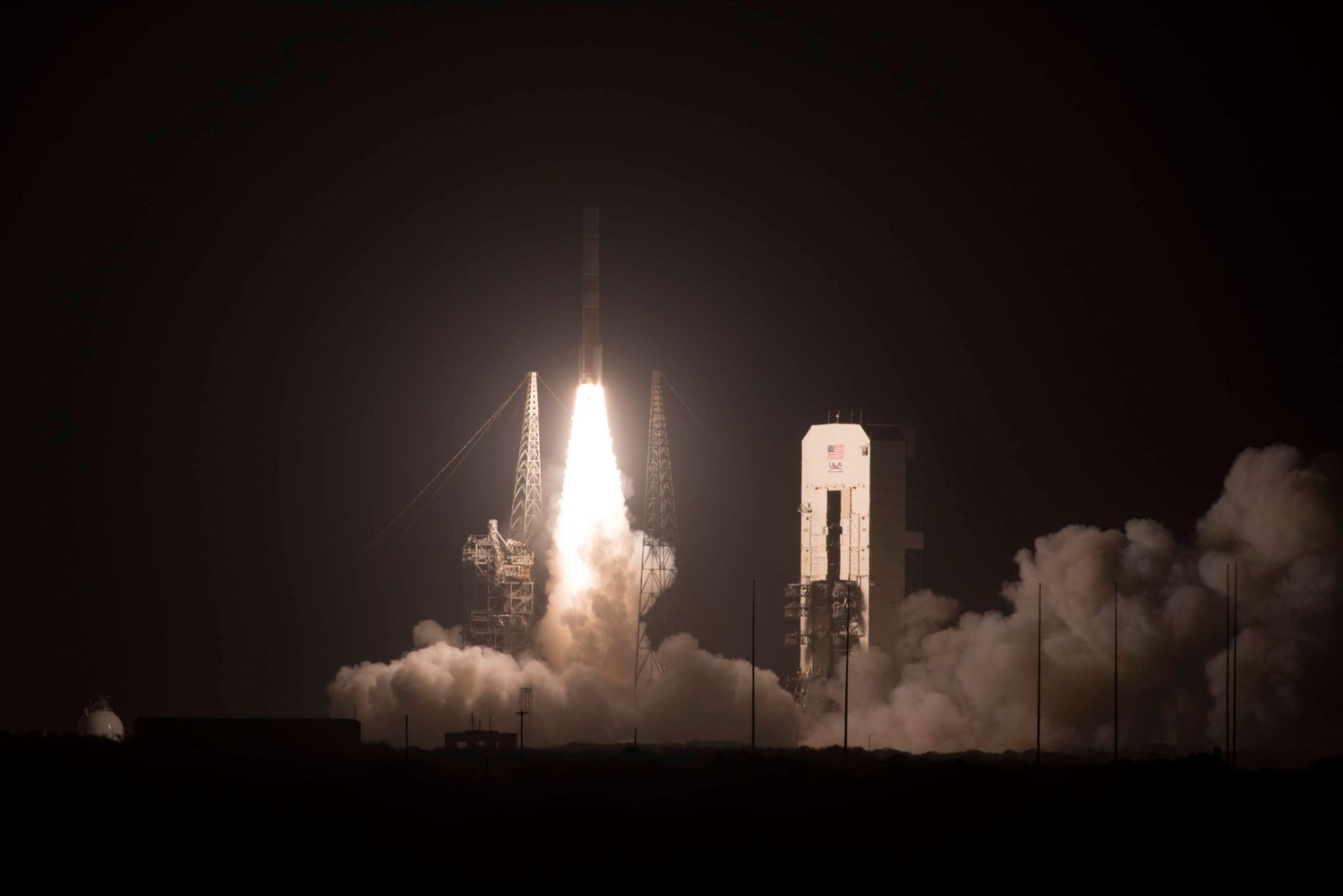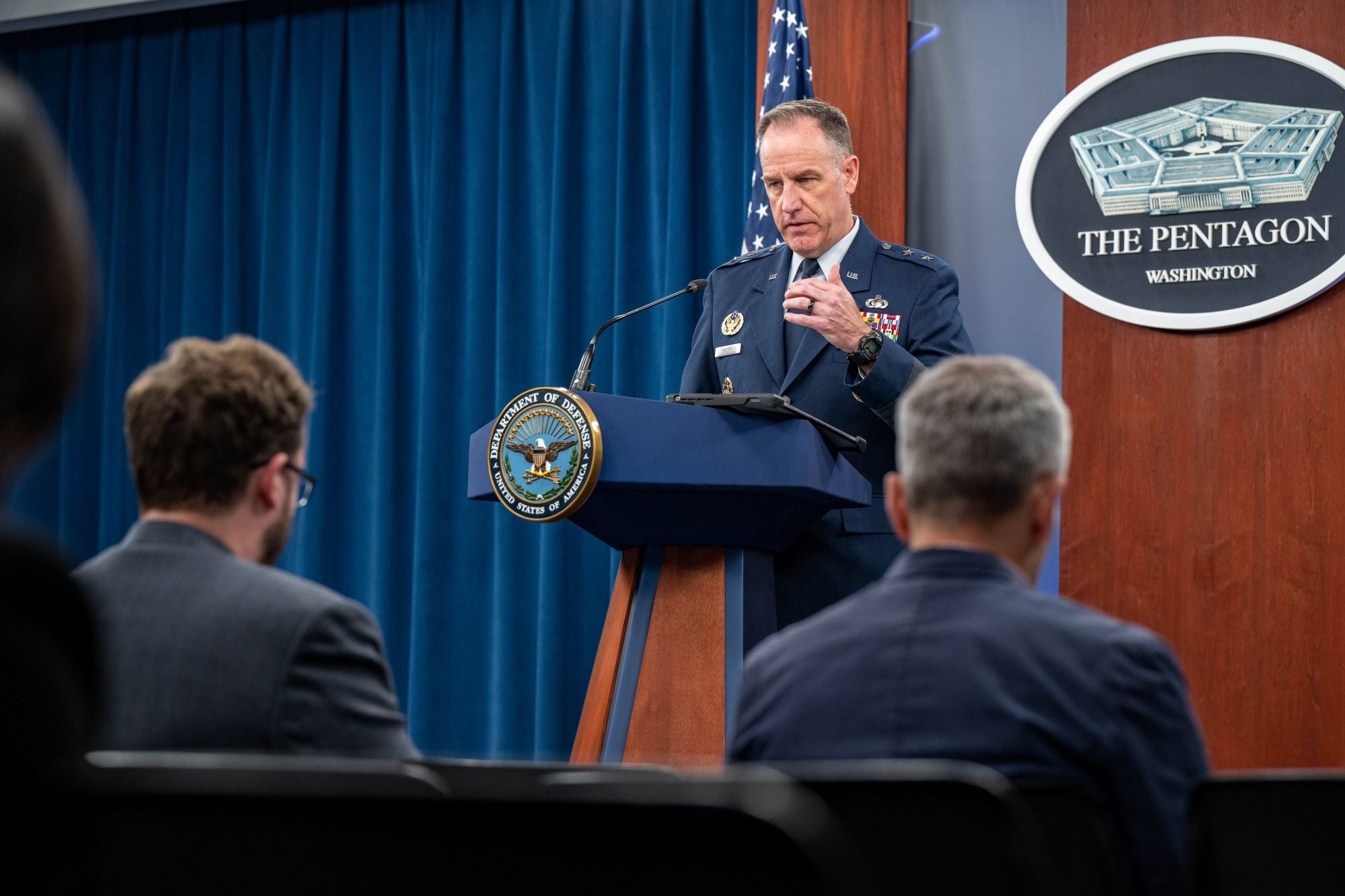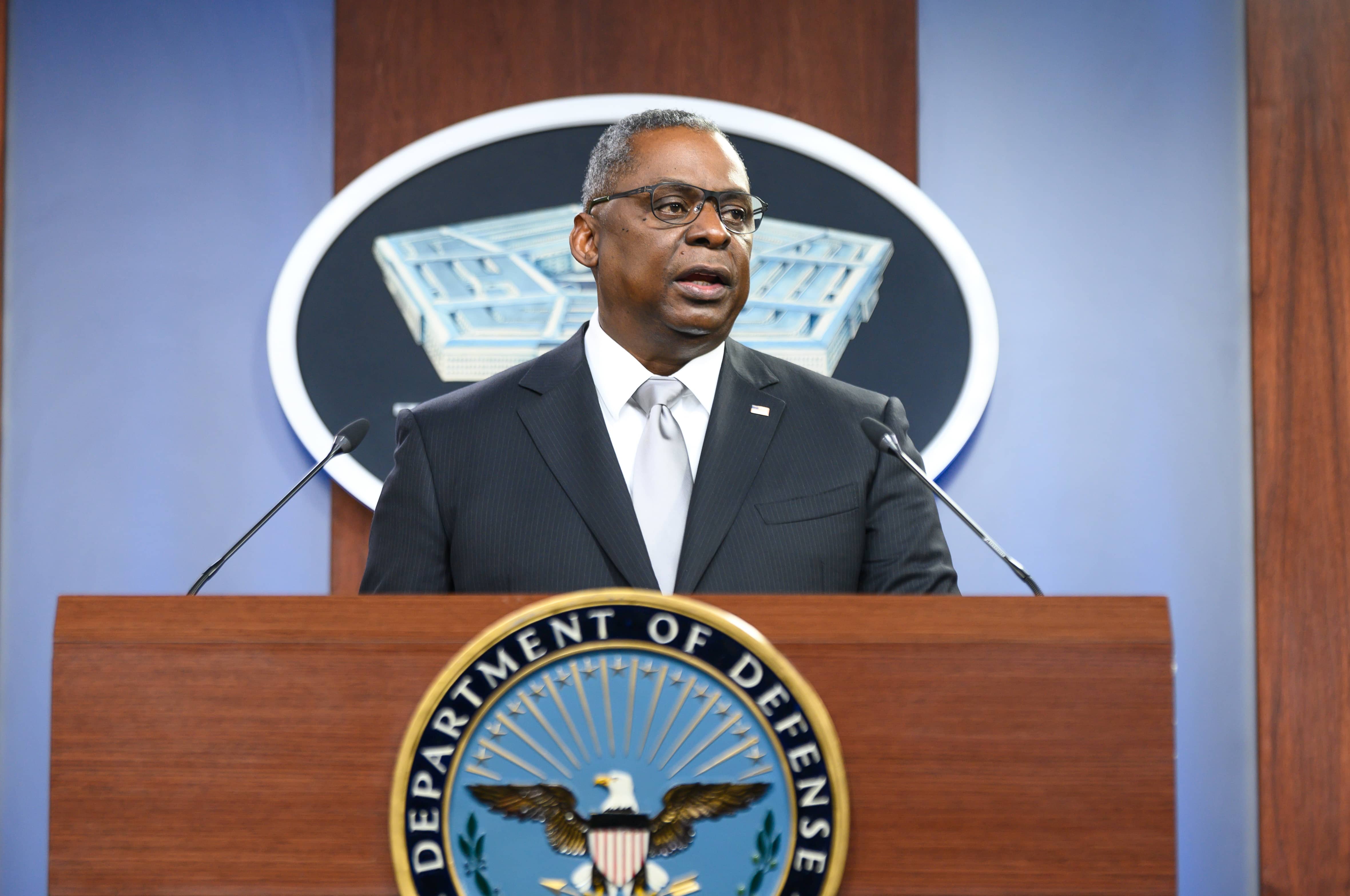The United Launch Alliance’s Delta IV rocket launches with a Wideband Global SATCOM WGS-10 satellite from Cape Canaveral Air Force Station, Fla. Complex 37 on March 15, 2019. The satellite brings enhanced communication capability for command and control of U.S. military forces on the battlefield. (U.S. Air Force photo by Tech. Sgt. Andrew Satran)
In a momentous occasion marking the United States' return to lunar exploration, the Vulcan Centaur rocket, carrying the Peregrine lander, successfully launched from Cape Canaveral Space Force Station in Florida. This launch represents the first lunar landing mission from the U.S. since 1972 and heralds a new chapter in space exploration, driven by both public and private sector interests.
The Dawn of Vulcan Centaur
Developed by United Launch Alliance (ULA), a joint venture between aerospace giants Boeing and Lockheed Martin, the Vulcan Centaur is a groundbreaking addition to the field of space launch vehicles. This never-before-flown model, which took off at 2:18 a.m. ET, is crucial not only for its payload but also for its innovative design and propulsion system. Replacing Russian-made engines with US-made ones from Blue Origin, the Vulcan Centaur embodies a shift in the aerospace industry, reflecting growing political tensions and a move towards domestic production capabilities.
Peregrine's Mission: Science, Remembrance, and Controversy
The lunar lander Peregrine, developed by Astrobotic Technology under a NASA contract, is a multi-faceted mission with a diverse set of payloads. Among the 20 payloads, five are NASA science instruments designed to study the lunar surface and environment, providing valuable data for future crewed missions. These include radiation monitoring equipment and tools to analyze lunar soil, crucial for understanding the presence of water and hydroxyl molecules.
However, Peregrine's cargo also extends beyond scientific instruments. It carries human remains and DNA samples, including those of former U.S. Presidents John F. Kennedy, George Washington, and Dwight Eisenhower, alongside cultural icons from the original Star Trek series and Apollo-era astronaut Philip Chapman. This inclusion, facilitated by commercial space burial companies Elysium Space and Celestis, has sparked debate, particularly with the Navajo Nation expressing concerns about the cultural implications of depositing human remains on the moon, a celestial body held sacred in many Indigenous cultures.
The Enterprise Flight: A Journey to Eternity
Accompanying Peregrine on the Vulcan Centaur rocket is the Enterprise Flight, another payload from Celestis. This mission, carrying 265 capsules with human remains, is destined for a perpetual orbit around the sun, symbolizing a new form of memorialization that blends space exploration with personal remembrance.
The Significance and Challenges Ahead
This mission is pivotal for multiple reasons. Firstly, it underscores the growing synergy between public agencies like NASA and private companies in advancing space exploration. The successful deployment of the Peregrine lander, expected to touch down on the moon on February 23, will mark a significant milestone for Astrobotic Technology and the commercial space industry.
Secondly, the launch of Vulcan Centaur demonstrates ULA's adaptability and innovation in an increasingly competitive space industry, dominated by players like SpaceX. With around 70 missions lined up for Vulcan Centaur, ULA is poised to play a crucial role in future space endeavors.
However, the mission is not without its challenges. Lengthy delays in development, primarily due to awaiting new engines from Blue Origin and an incident involving the destruction of a Vulcan Centaur upper stage, highlight the complexities and uncertainties inherent in aerospace projects.
Looking to the Lunar Horizon
As Peregrine embarks on its journey to the moon, and the Enterprise Flight sets off towards the sun, this mission stands as a testament to human ingenuity and the relentless pursuit of knowledge and exploration. It also opens discussions about the ethical and cultural dimensions of space exploration, particularly in the context of space burials and the commercialization of space.
The launch of the Vulcan Centaur rocket and the Peregrine lander is a landmark event, signifying a reinvigorated interest in lunar exploration. It represents a blend of scientific pursuit, cultural representation, and the evolving dynamics of space exploration in the 21st century.




